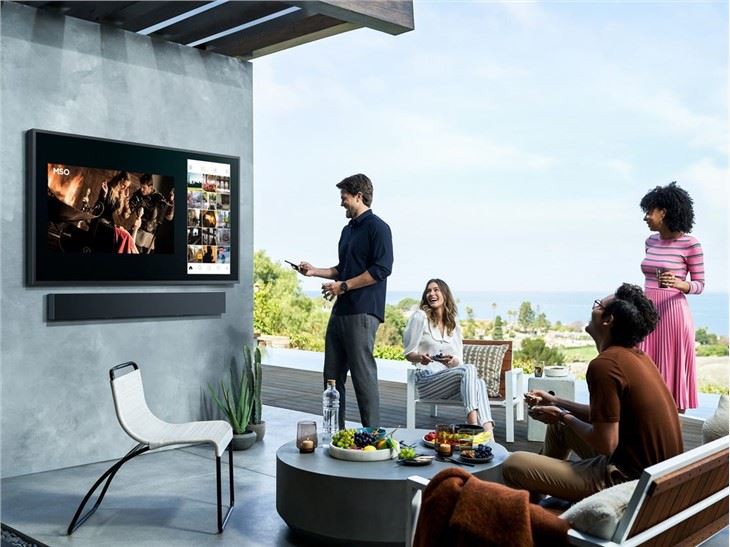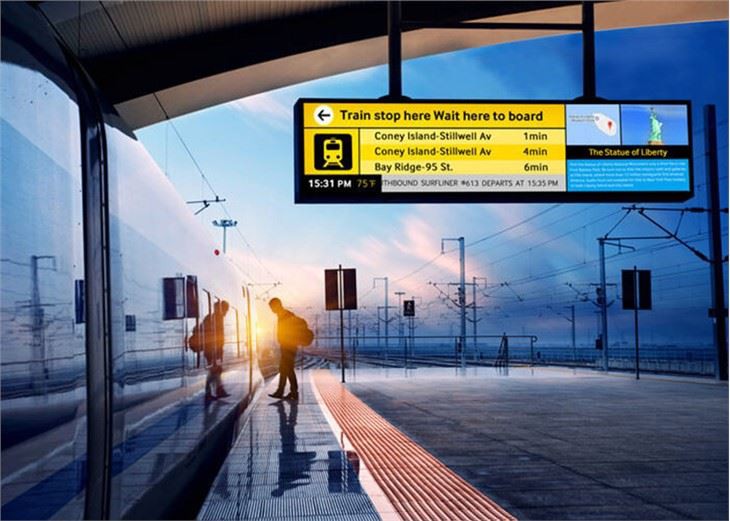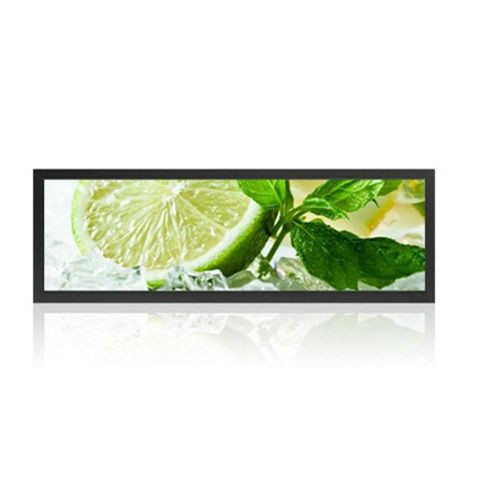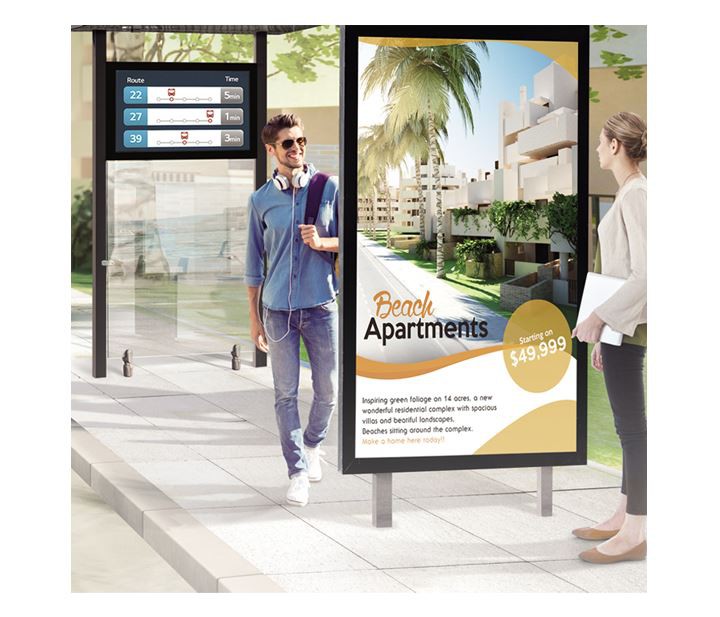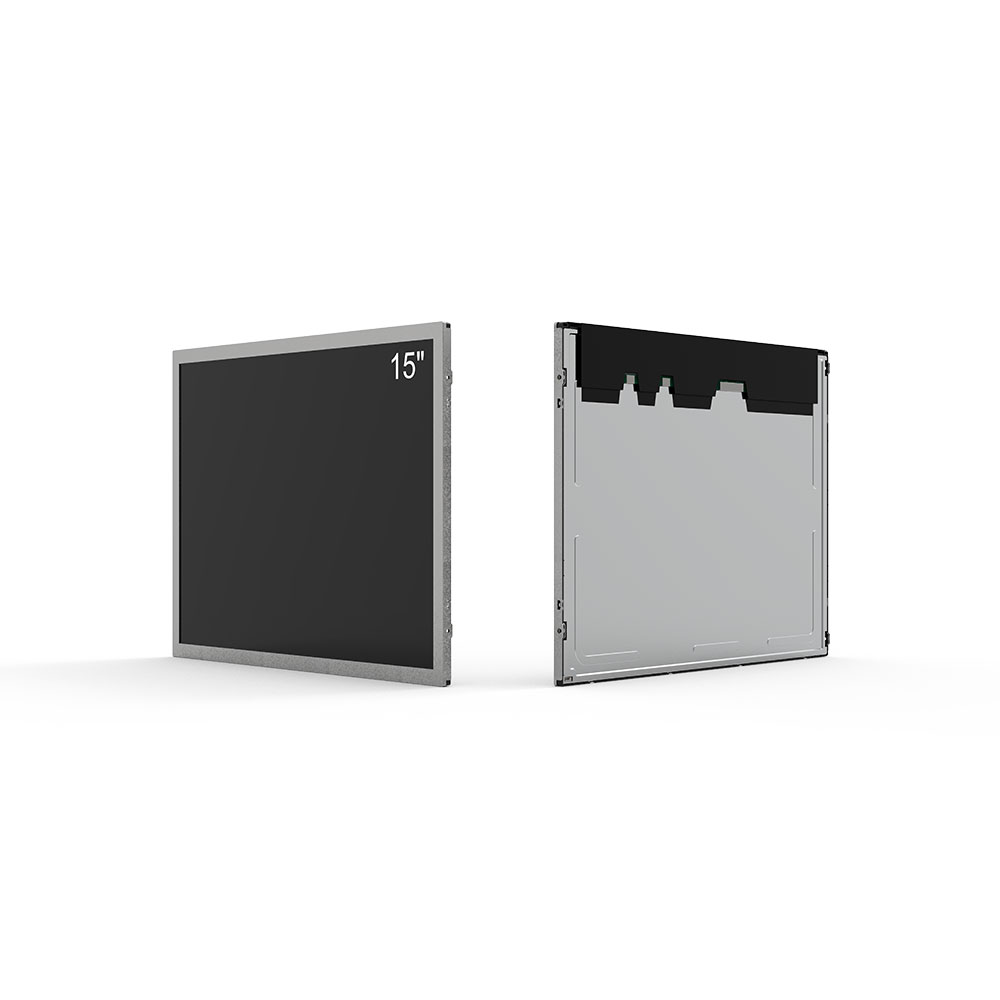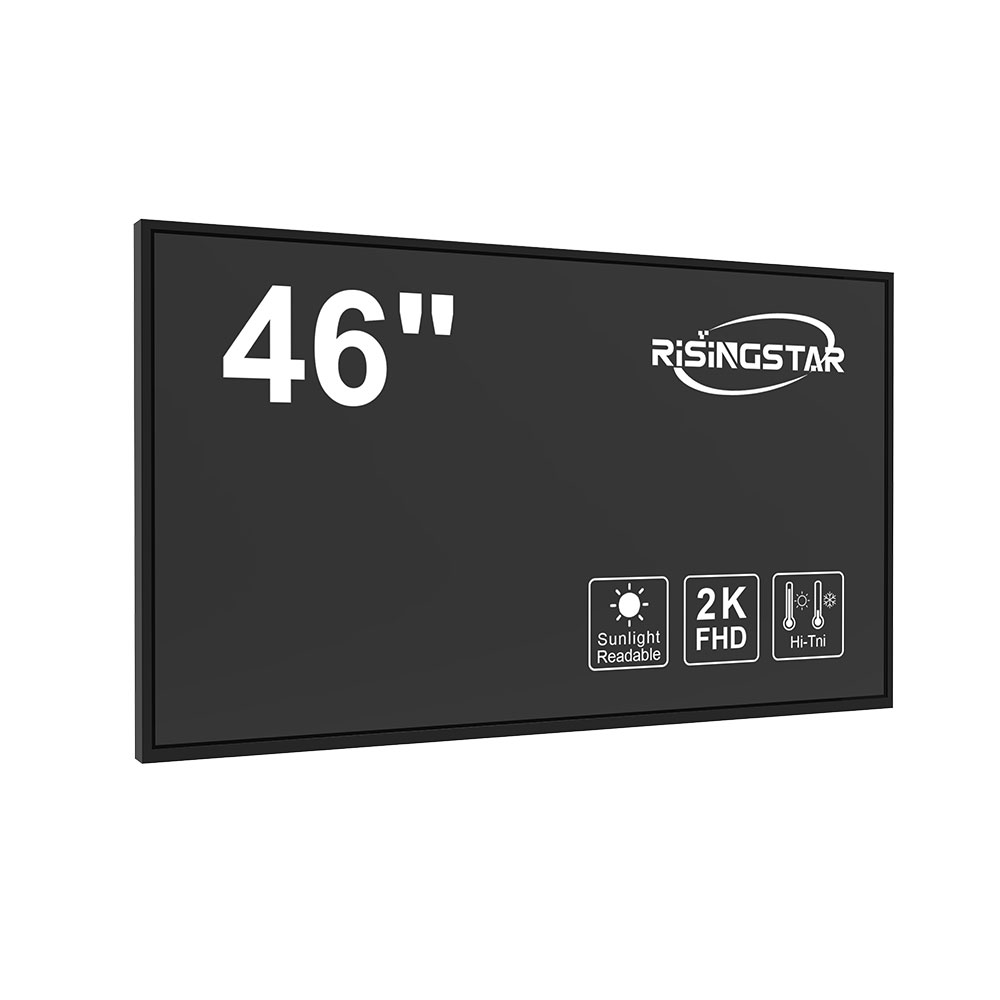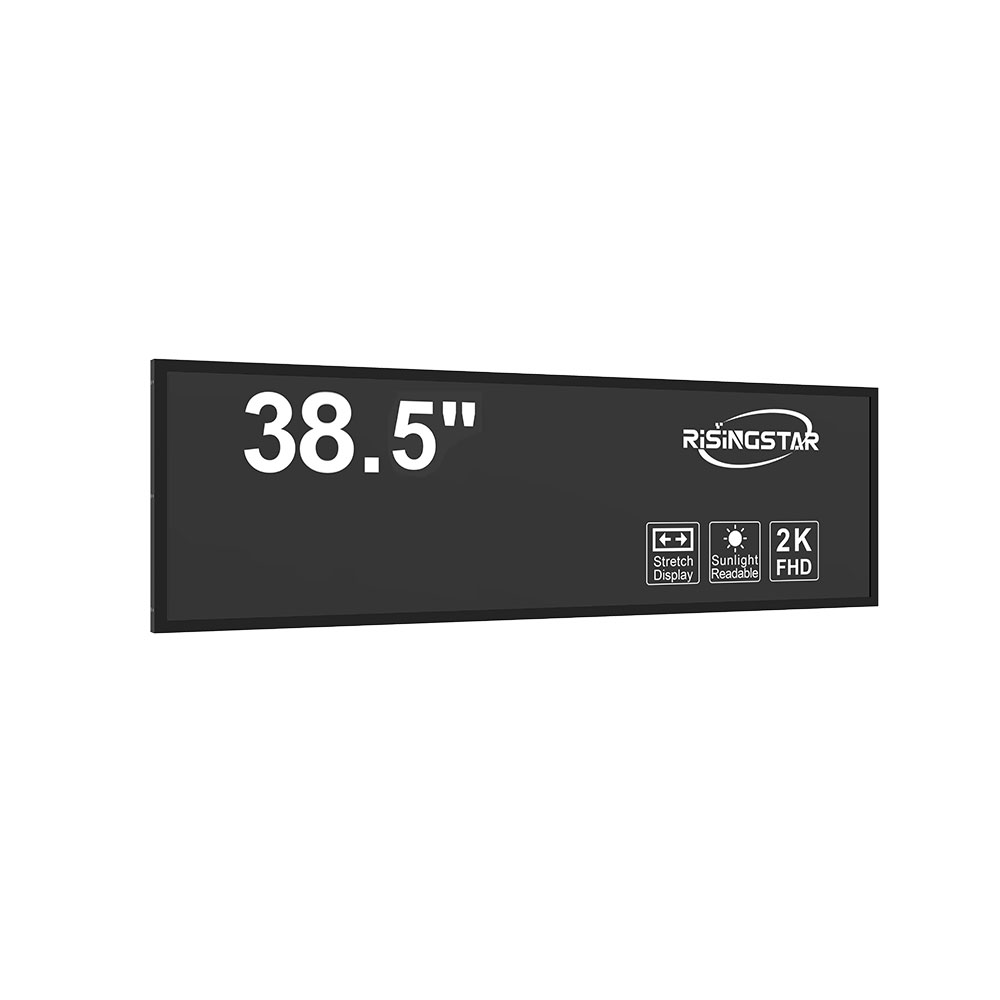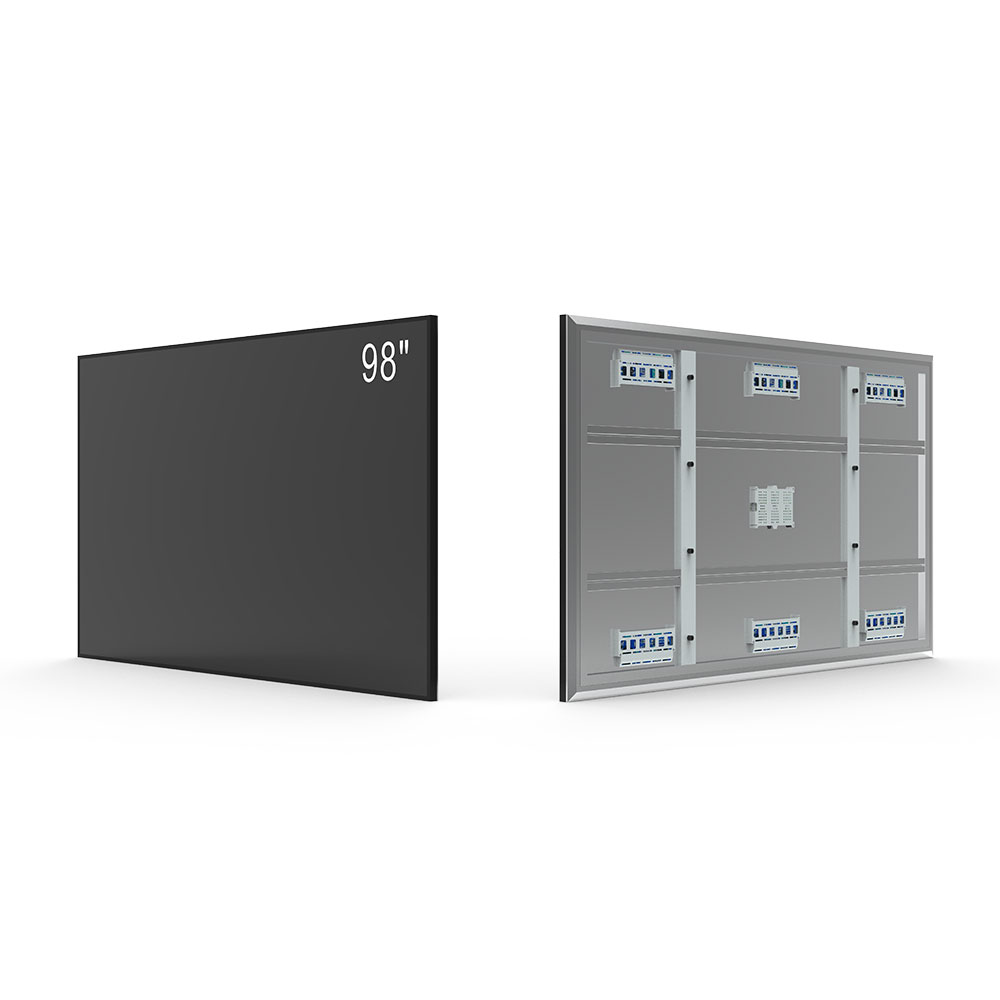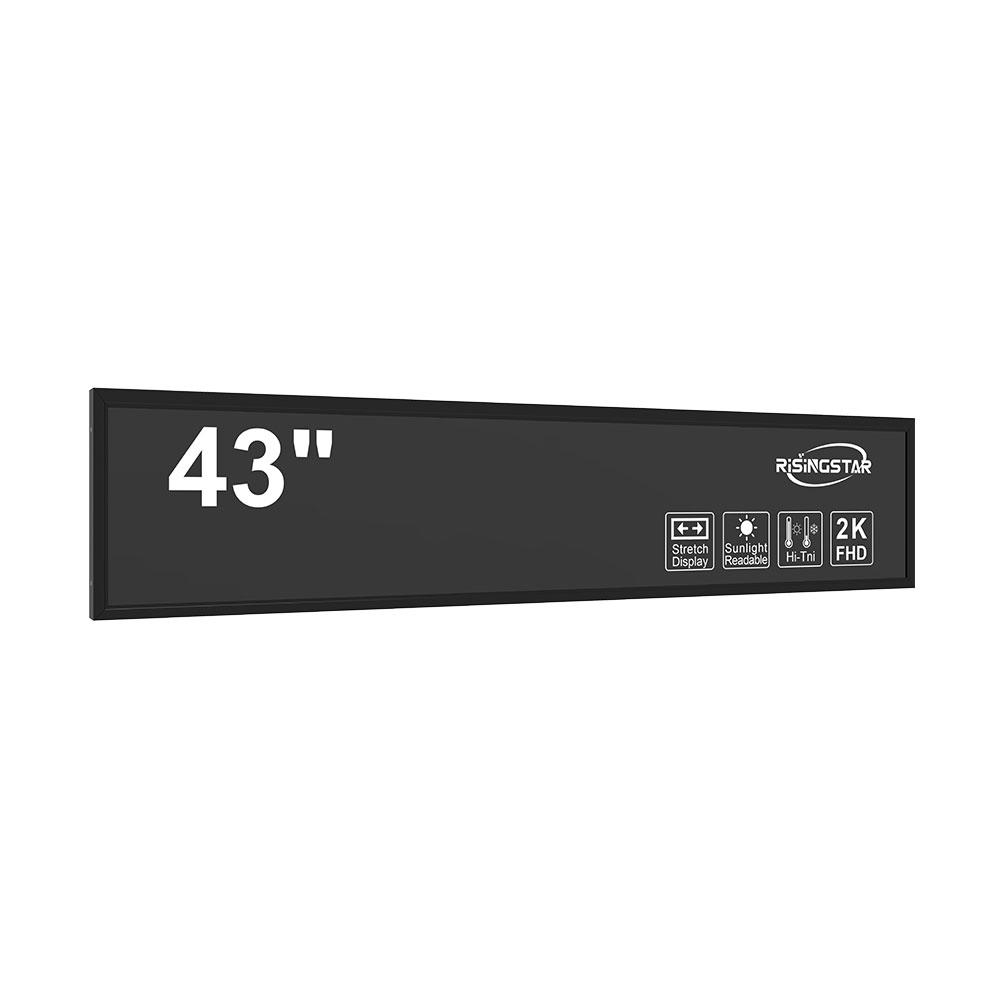In moderne systemen voor stadsvervoer is de integratie van LCD-schermen met hoge helderheid voor buiten essentieel geworden voor het leveren van nauwkeurige, realtime passagiersinformatie. Deze digitale bewegwijzering-oplossingen zijn niet alleen cruciaal voor het verbeteren van de reizigerservaring, maar dienen ook als een belangrijk onderdeel van de slimme stadsinfrastructuur. Volgens de International Association of Public Transport (UITP) zet meer dan 70% van de wereldwijde openbaarvervoersautoriteiten nu digitale passagiersinformatiedisplays in op grote stations en bushaltes om wachtangst te verminderen en de operationele transparantie te vergroten.
Lcd-schermen met hoge helderheid voor buiten-doorgaans tussen de 5.000 en 10.000 neten-zijn speciaal ontworpen om het zicht onder direct zonlicht te behouden, waardoor ze ideaal zijn voor installaties in metrostations, luchthaventerminals, treinperrons en bushokjes. In tegenstelling tot beeldschermen binnenshuis, moeten deze units bestand zijn tegen zware omgevingsomstandigheden zoals temperatuurschommelingen (-30 ° C tot 60 ° C), vochtigheid, UV-blootstelling en mogelijk vandalisme. Om deze uitdagingen het hoofd te bieden, nemen fabrikanten robuuste behuizingen, anti-glare coatings en IP65 of hogere beschermingsclassificaties toe.
Een opmerkelijke casestudy is de uitrol van 2.000 LCD-panelen met LED-achtergrondverlichting in zijn netwerk in 2021-2023. Het systeem levert dynamische updates over treinaankomsten, serviceonderbrekingen en platformwijzigingen via cloud-verbonden softwareplatforms. Deze implementatie verminderde de gemiddelde wachttijdperceptie voor woon-werkverkeer met wel 35%, volgens interne rapporten van Transport for London (TfL), wat aantoont hoe realtime datavisualisatie de gebruikerstevredenheid aanzienlijk kan verbeteren.
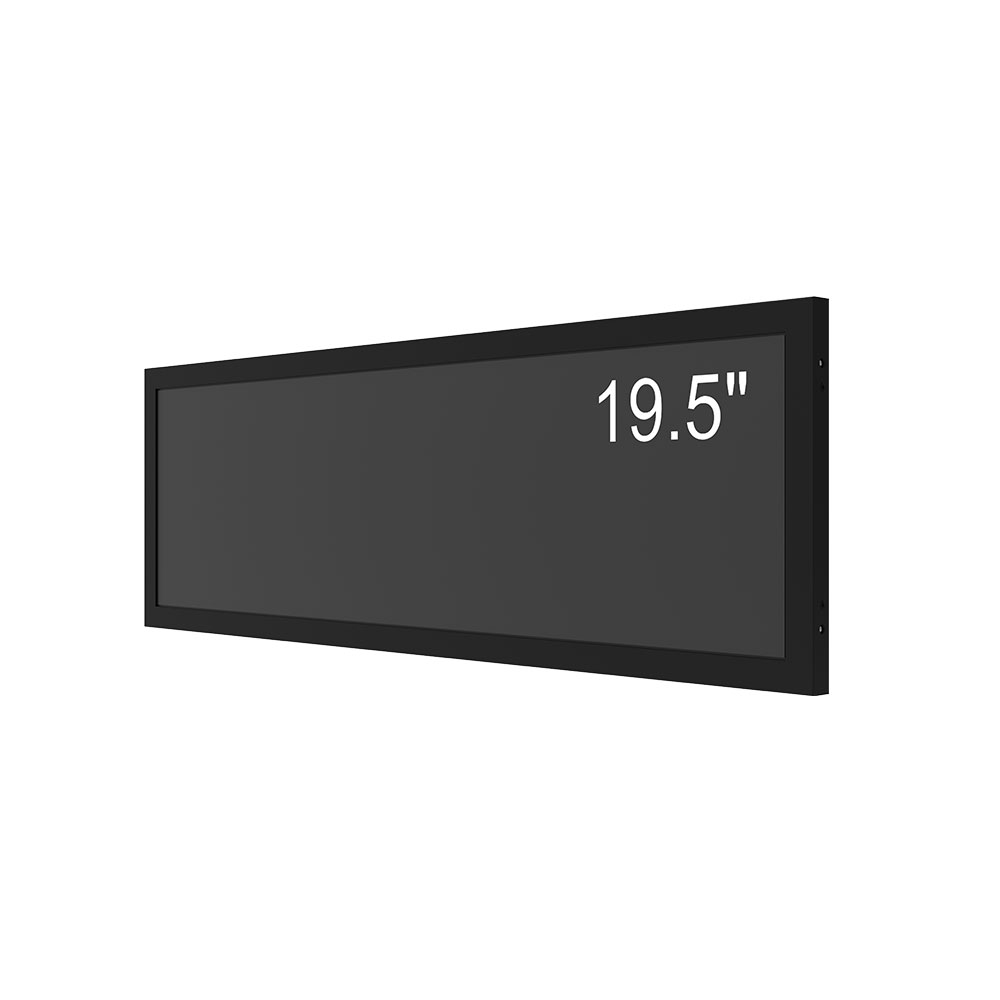
Vanuit technisch oogpunt integreren moderne displays voor passagiersinformatie meerdere technologieën: edge computing voor lokale gegevensverwerking, Wi-Fi/4G/5G-connectiviteit voor live feeds en contentmanagementsystemen (CMS) zoals Xibo of ScreenCloud die gecentraliseerde controle over meerdere eenheden. Ze ondersteunen vaak zowel statische als geanimeerde inhoud, waaronder meertalige tekst, kaarten, noodwaarschuwingen en zelfs advertentiemodules die inkomsten genereren voor vervoersbedrijven.
Het Amerikaanse Department of Transportation (USDOT) benadrukt in zijn Smart Cities Initiative van 2022 dat steden die investeren in robuuste PIDS (Passenger Information Display Systems) meetbare verbeteringen zien in de statistieken van het aantal passagiers en het vertrouwen van het publiek. Het Muni-systeem van San Francisco rapporteerde bijvoorbeeld een toename van 12% in het dagelijkse aantal passagiers na het inzetten van op zonne-energie werkende, weerbestendige LCD's bij 300 transitstops-een bewijs van de positieve impact van betrouwbare, zichtbare informatie.
Bovendien is energie-efficiëntie een groeiende zorg. Veel nieuwe LCD's buitenshuis gebruiken LED-achtergrondverlichting in plaats van CCFL, waardoor het stroomverbruik tot 40% wordt verminderd. In combinatie met bewegingssensoren of geplande helderheidsaanpassingen op basis van omgevingslichtniveaus, kunnen deze systemen een jaarlijkse energiebesparing van ongeveer 20% behalen, in overeenstemming met wereldwijde duurzaamheidsdoelen zoals die van de UN SDG 7 (Affordable and Clean Energy).
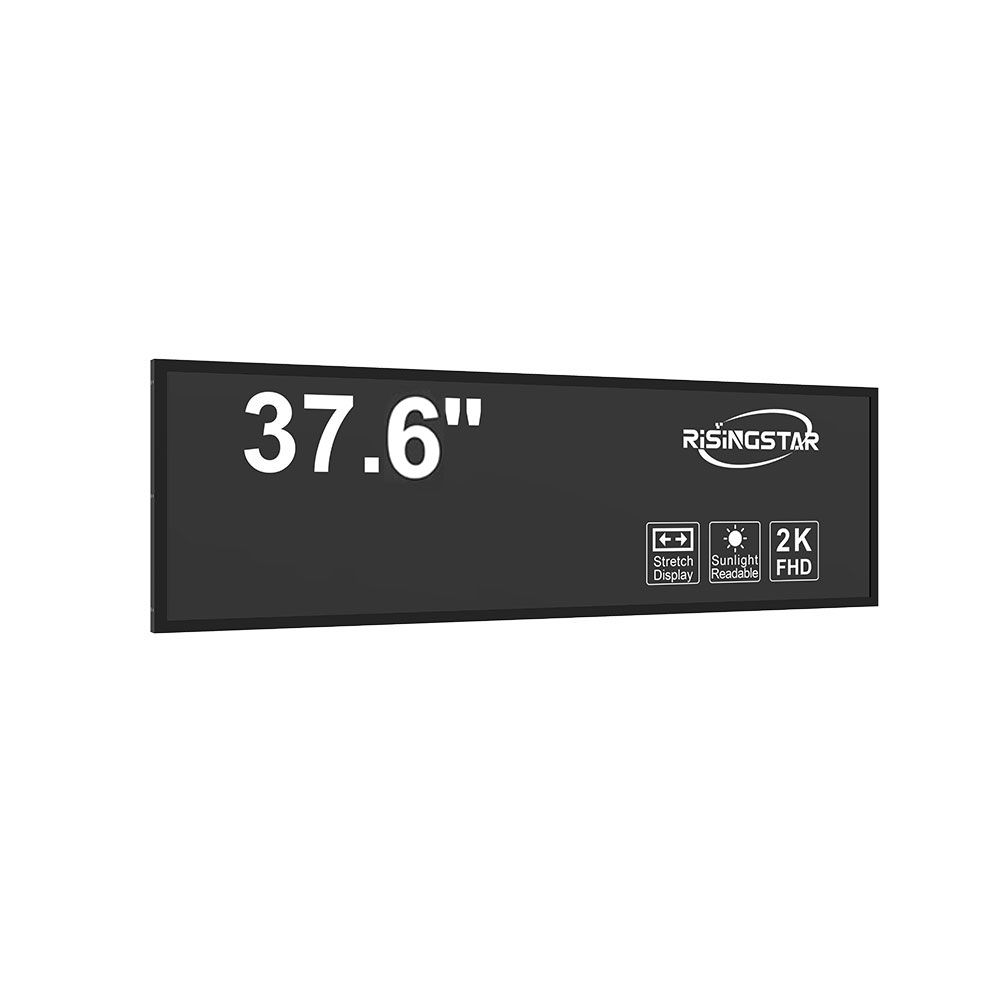
Voor transitbeheerders omvat het selecteren van het juiste display het evalueren van de resolutie (minimaal 1920x1080 voor de duidelijkheid), kijkhoeken (voorkeur voor groothoek IPS-panelen) en duurzaamheidscertificeringen (zoals MIL-STD-810G voor testen van militaire kwaliteit). Onderhoudsoverwegingen-waaronder diagnostiek op afstand, modulair ontwerp voor snelle reparaties en firmware-over-the-air-updates-zijn even essentieel voor betrouwbaarheid op lange termijn.
Uiteindelijk zijn lcd's met hoge helderheid buitenshuis meer dan alleen digitale borden-het zijn intelligente knooppunten in een groter ecosysteem van stedelijke mobiliteit. Terwijl steden blijven groeien en slimme technologieën toepassen, blijft investeren in schaalbare, veerkrachtige en gebruiksvriendelijke PIDS een topprioriteit voor transportautoriteiten over de hele wereld.




